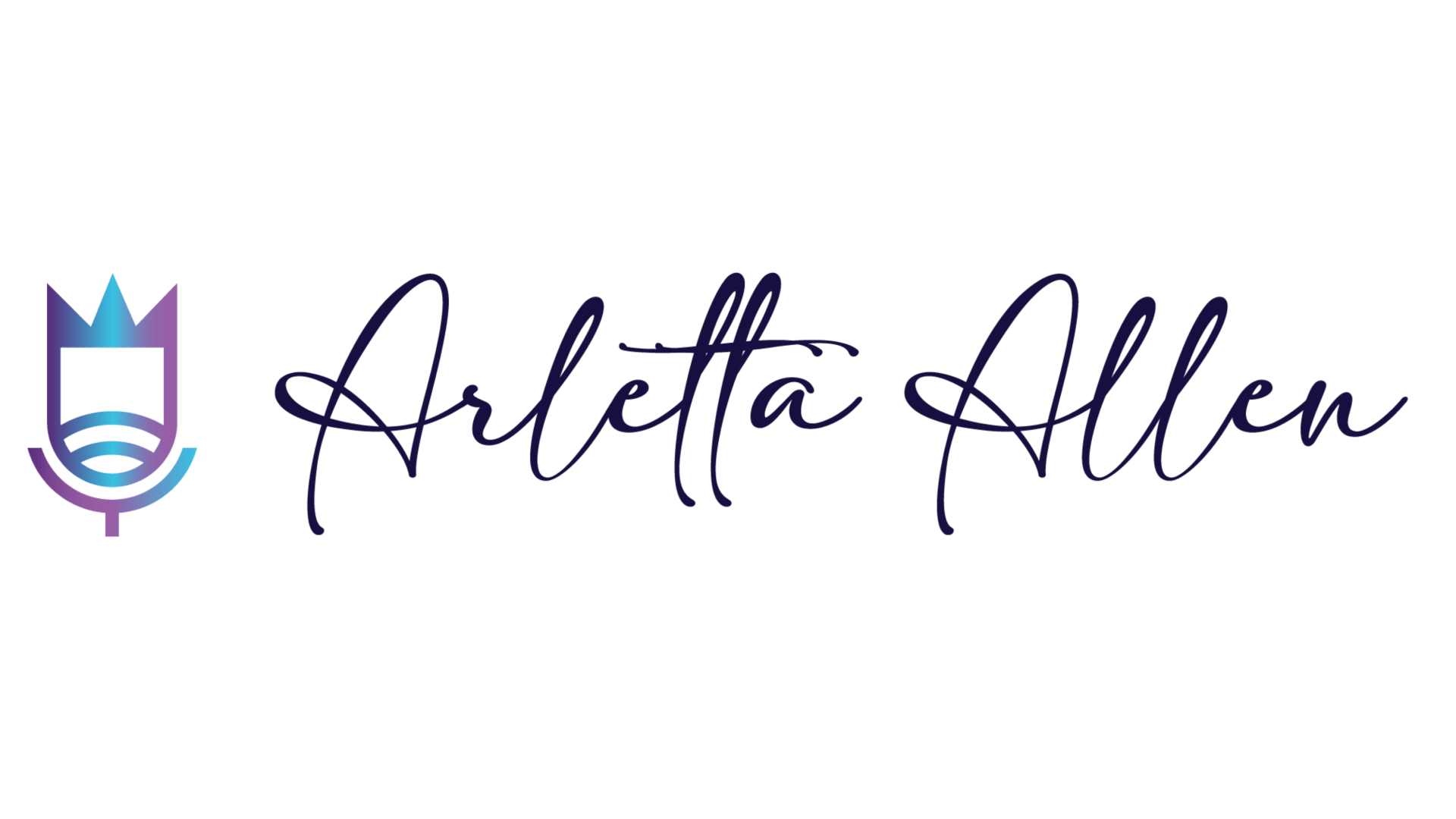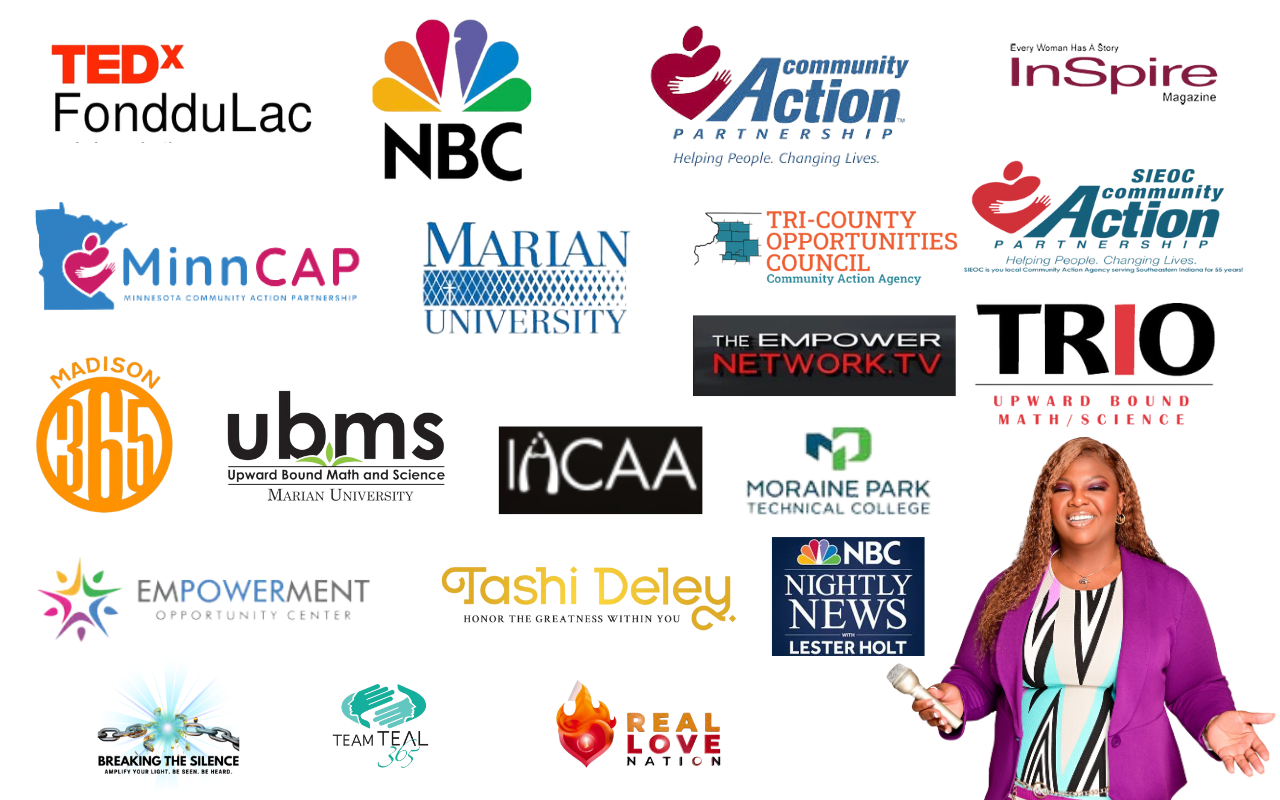Blogs

Abuse against women is a pervasive issue that transcends geographical, economic, and cultural boundaries. It is a violation of human rights and a significant hindrance to victims' health, dignity, and security. In this article, we delve into the multifaceted nature of abuse, its impact on women, and the avenues available for support and recovery. Recognizing the Signs of Abuse Physical and Emotional Indicators Physical signs of abuse can range from bruises and scars to more subtle signs of distress. Emotional indicators may include fearfulness, anxiety, or depression, which can manifest due to the constant strain of abusive relationships. Behavioral and Psychological Signs Behavioral changes such as withdrawal from social activities or sudden changes in performance at work can signal that something is amiss. Psychological signs include low self-esteem, a sense of hopelessness, and in some cases, symptoms of post-traumatic stress disorder (PTSD). Types of Abuse Encountered by Women Domestic Violence: A Home that Hurts Domestic violence is an insidious form of abuse that can be physical, emotional, or sexual. It thrives in the secrecy of the home, often leaving the survivor feeling isolated. Emotional and Psychological Abuse: Invisible Scars This form of abuse includes verbal attacks, constant criticism, and manipulation. Though not always visible, the scars can be deeply damaging. Financial Abuse: Shackles of Dependence Financial abuse occurs when the abuser controls the victim's access to economic resources, limiting their ability to be independent and making it harder to leave abusive situations. Sexual Abuse: A Violation of Consent Sexual abuse is any sexual activity where consent is not freely given. This includes rape, sexual assault, and any other non-consensual sexual behavior. Impact of Abuse on Women's Well-being Short-Term and Long-Term Physical Effects From immediate injuries to chronic health issues, the physical impact of abuse can be profound and long-lasting. Psychological and Emotional Consequences Abuse can lead to a variety of mental health challenges, including anxiety, depression, and PTSD. Social and Economic Implications The effects of abuse extend into social and economic spheres, affecting relationships, job stability, and overall economic well-being. Navigating Legal Protections for Abused Women Understanding Your Rights It's crucial for survivors to be aware of their legal rights and the protections afforded to them under the law. Legal Resources and Support Networks Legal resources are available to help survivors navigate the complex legal system and obtain protection orders, custody, and other legal remedies. Resources and Support Systems for Survivors Counseling and Therapy Options Therapeutic services are vital for recovery, offering a space for survivors to process their experiences and begin healing. Support Groups and Communities Support groups provide a community of individuals who understand and can offer empathy and guidance. Shelters and Safe Spaces Shelters offer immediate safety for those in danger, providing a stepping stone to a life free from abuse. The Role of Society in Combating Women Abuse Educational Programs and Awareness Campaigns Educational initiatives are key in preventing abuse and supporting survivors, raising awareness about the signs of abuse and available resources. Policy Changes and Legal Reforms Advocacy for policy change is essential in creating a society that does not tolerate abuse and supports survivors.

Healing is an art, a science, and a calling that requires a deep understanding of the human experience. As a healing coach, you become a beacon of guidance and support for those seeking to overcome personal challenges and improve their wellbeing. The journey to become a qualified healing coach is as transformative for the coach as it is for the client. Here's a step-by-step guide on how to embark on this rewarding career path. Step 1: Self-Reflection and Understanding Before you can guide others, you must embark on your own journey of self-discovery. Reflect on your motivations, strengths, and areas for growth. Ask yourself if you possess the empathy, patience, and communication skills necessary to be an effective coach. Personal experience with healing, whether through overcoming your own adversities or helping others, can provide invaluable insight and empathy in your coaching practice. Step 2: Formal Education and Training While there is no one-size-fits-all approach to becoming a healing coach, formal education in psychology, counseling, social work, or a related field can provide a strong foundation. Look for specialized training programs that offer certifications in healing modalities that resonate with your coaching philosophy, such as holistic health, life coaching, mindfulness, or energy work. Step 3: Choose Your Specialization Healing is a broad field. Determine your niche by considering what areas you are passionate about. Do you want to help people with emotional trauma, physical health, spiritual growth, or life transitions? Your specialization will shape the course of your training and the clients you attract. Step 4: Gain Practical Experience Practical experience is crucial. Start by volunteering your services to gain experience and feedback. You can also seek mentorship or supervision from established coaches. This hands-on practice is invaluable for developing your coaching style and understanding the diverse needs of clients. Step 5: Build a Strong Ethical Foundation Adherence to a strong ethical code is paramount in coaching. Familiarize yourself with the International Coaching Federation's (ICF) code of ethics or similar standards to ensure you maintain professionalism and protect your clients' confidentiality and wellbeing. Step 6: Develop Your Personal Healing Philosophy Your unique healing philosophy will be the cornerstone of your practice. It should be a blend of your personal beliefs, the knowledge you've gained through education, and the wisdom you've gleaned from practical experience. This philosophy will guide your approach to coaching and how you interact with clients. Step 7: Certification and Continuing Education Obtaining a certification from a recognized coaching organization can lend credibility to your practice. It also ensures that you are up to date with the latest techniques and theories in the field. Continuing education is also essential for maintaining your certification and keeping your skills sharp. Step 8: Establish Your Practice With certification in hand, it's time to establish your practice. Decide whether you want to work with clients in person, online, or both. Develop a business plan, set your rates, and create a welcoming space for your clients. Remember, your practice should reflect your healing philosophy and make your clients feel safe and supported. Step 9: Marketing and Networking Develop a marketing strategy to attract clients. Create a professional website, utilize social media, and network with other health professionals. Building relationships with other coaches and practitioners can lead to referrals and collaborative opportunities. Step 10: Self-Care and Personal Growth Finally, remember that to be an effective healing coach, you must also prioritize your own wellbeing. Regular self-care practices, ongoing personal development, and supervision can help prevent burnout and ensure you can provide the best possible support to your clients. Conclusion Becoming a healing coach is a journey of growth, learning, and commitment to others' wellbeing. It's a path that calls for a deep dedication to the art of healing and a willingness to continually evolve both professionally and personally. With the right training, experience, and passion, you can make a significant impact on the lives of those seeking guidance and healing.

In the ever-evolving world of audio technology, staying updated with the latest trends in speaker technology is crucial for enthusiasts and professionals alike. With advancements in sound quality, connectivity, and design, 2023 promises exciting developments for speaker technology. Understanding the Modern Speaker: A Blend of Innovation and Quality The contemporary speaker market is no longer just about loudness or bass; it's an amalgamation of various factors including sound quality, connectivity options, portability, and aesthetic appeal. Manufacturers are integrating smart technology into speakers, allowing for voice control and seamless integration with home automation systems. The Rise of Smart, Connected Speakers One of the significant trends in 2023 is the integration of smart assistants like Amazon's Alexa, Google Assistant, and Apple's Siri into speakers. These smart speakers offer not just music playback, but also control smart home devices, provide news updates, and much more. High-Resolution Audio: A Game-Changer High-Resolution Audio is becoming a standard in the industry. This technology delivers sound that is incredibly close to the original studio recording, providing an immersive listening experience that audiophiles treasure. Wireless Technology: The New Norm With the advent of technologies like Bluetooth 5.0 and Wi-Fi 6, wireless speakers have seen a significant upgrade in speed and range. The convenience of wireless technology means setup is easier than ever, and the quality of audio transmission has greatly improved. Portability and Durability: Speakers on the Go Portability is another critical aspect of modern speakers. Consumers are looking for durable, lightweight, and weather-resistant designs that can be easily carried to different locations. The Importance of Eco-Friendly Design Eco-friendly and sustainable designs are becoming increasingly popular. Consumers are now more aware and concerned about the environmental impact of their purchases, including electronics like speakers. Latest Speaker Reviews: What's Hot in 2023 A review of the latest and most popular speakers of 2023, examining their features, performance, and value for money. This section includes reviews of top brands and models, offering insights to help readers make informed purchasing decisions.

Non-profit organizations (NPOs) have etched an indelible mark on the tapestry of global societies. They play a pivotal role in addressing societal issues, promoting sustainable initiatives, and bringing about genuine change. As we navigate the intricacies of modern-day challenges, the influence and significance of NPOs are only set to grow. 1. The Spectrum of Non-Profit Missions: NPOs span a diverse range of sectors - from education and healthcare to environmental conservation and poverty alleviation. This diversity ensures that almost every facet of human need and welfare is addressed, creating holistic societal improvements. 2. Challenges Faced by NPOs: While their intentions are noble, NPOs often grapple with challenges such as limited funding, regulatory hurdles, and the need for impactful marketing to gain visibility and support. 3. The Evolution of Philanthropy: Modern philanthropy goes beyond mere financial donations. Today, it encompasses volunteering, leveraging technology for social causes, and fostering partnerships between corporations and non-profits for enhanced impact. 4. Digital Transformation in the Non-Profit World: The digital age has revolutionized the way NPOs operate. Crowdfunding platforms, social media campaigns, and data analytics are helping these organizations reach wider audiences, garner more support, and optimize their operations. 5. The Future Landscape of NPOs: With rising global challenges, the demand for NPOs' intervention will surge. The future will likely see more collaborative efforts, tech-driven initiatives, and an increasing emphasis on measurable impact. FAQs: How can I support a non-profit organization? Beyond financial contributions, you can offer your time as a volunteer, use your professional skills for pro bono services, or even help in spreading the word about their initiatives. Why is digital presence essential for NPOs? A digital footprint extends an NPO's reach, allows for easier fundraising, and provides platforms to share success stories and raise awareness on vital issues. Are all non-profits trustworthy? While many NPOs work with genuine intent, it's crucial to research and ensure the transparency and credibility of an organization before offering support.

The coaching industry has seen remarkable growth over the past decade. From executive coaching in the corporate world to life coaching for personal development, the demand for experienced and insightful coaches has never been higher. As this profession evolves, it becomes essential for coaches to keep up with emerging trends, techniques, and tools. This blog aims to shed light on these areas, ensuring that coaches remain at the forefront of their game. 1. The Rise of Virtual Coaching: With the global shift towards digitalization, virtual coaching has surged in popularity. This method offers flexibility, allowing clients and coaches to connect irrespective of geographical barriers. Platforms like Zoom, Skype, and Microsoft Teams have become essential tools for this purpose. 2. Emphasis on Holistic Coaching: Modern clients often seek holistic coaching that encompasses various aspects of their lives. This approach goes beyond traditional goal-setting, delving into the emotional, spiritual, and physical realms of an individual's life. 3. Niche Coaching Specializations: As the coaching industry expands, so do its specializations. From health and wellness coaching to financial and career coaching, finding a niche can set a coach apart in a crowded market. 4. Continuous Learning and Certification: The best coaches understand the value of continuous learning. Pursuing further certifications, attending workshops, and participating in webinars can enhance a coach's skills and credibility. 5. Embracing Technology: The use of advanced tools, from AI-driven chatbots for appointment setting to sophisticated platforms for progress tracking, can streamline a coach's workflow and offer added value to clients.

We all have mornings where we're dragging our feet, finding it hard to wake up, or just feeling overwhelmed with the day's tasks. Yet, there's a way to ensure that every morning counts, setting the tone for a productive day ahead. By revamping your morning routine with these five actionable tips, you'll see a noticeable difference in your daily output and overall mood. 1. Begin with a Mindfulness Practice Starting your day with a mindfulness practice, like meditation or deep breathing, can help you center your thoughts. Not only does it reduce stress, but it also sharpens your focus, ensuring that you approach tasks with clarity. 2. Avoid Electronic Distractions While it's tempting to check emails or social media as soon as you wake up, this can set a reactive tone for the day. Instead, allocate the first hour of your morning to personal growth activities like reading, exercising, or journaling. 3. Prioritize Physical Activity Exercising in the morning, whether it's a full workout, yoga session, or a brisk walk, can rev up your metabolism, elevate your mood, and improve concentration. Plus, it's a great way to get those endorphins flowing! 4. Eat a Nutritious Breakfast Breakfast is the most vital meal of the day for a reason. Fueling your body with the right nutrients can boost your energy levels and cognitive function. Opt for protein-rich foods like eggs, oatmeal, and yogurt. 5. Plan and Prioritize Your Day's Tasks Before diving into your tasks, take a moment to list out everything you need to accomplish. Prioritize them based on importance, and tackle the most challenging ones first when your energy levels are highest. Incorporating these tips into your morning routine doesn't require a significant overhaul of your current habits. Start by introducing one change at a time, and soon, you'll see a transformation not only in your mornings but in your overall productivity.

Trauma is a deep emotional wound that inflicts the human psyche following extremely stressful events. Such incidents might be a result of a single occurrence, like an accident or violent assault, or from prolonged exposures such as abuse or neglect. The human brain is intricately wired to respond to threats. When faced with danger, our 'fight or flight' response kicks in. However, when the danger is too overwhelming, or repeated frequently, the brain cannot process it in its usual manner. This results in trauma. The Science Behind Trauma When the brain perceives a threat, it releases stress hormones such as cortisol and adrenaline. In a traumatic situation, this hormone release goes into overdrive, causing physical and emotional effects. These might manifest as rapid heartbeat, hyper-vigilance, or even flashbacks of the traumatic event. Neurologically speaking, trauma affects the amygdala, hippocampus, and prefrontal cortex, causing these parts of the brain to function abnormally. This disruption can result in a person constantly feeling in a state of alarm, even when no apparent threat is present. Personal Journey with Trauma Every individual's experience with trauma is unique. For some, the aftermath of a traumatic event might be brief, and they can move on swiftly. For others, it lingers for a prolonged period, sometimes even years. Such prolonged effects are termed as Post Traumatic Stress Disorder (PTSD). Symptoms of PTSD can range from disturbing thoughts, feelings, dreams related to the traumatic event, emotional numbness, and even physical reactions when reminded of the event. The Path to Healing The journey to healing from trauma is neither linear nor predictable. It often requires the combined efforts of therapy, support from loved ones, and sometimes medication. Cognitive Behavioral Therapy (CBT) has been found to be particularly effective in treating trauma as it challenges and changes unhelpful behaviors, thoughts, and emotions.






